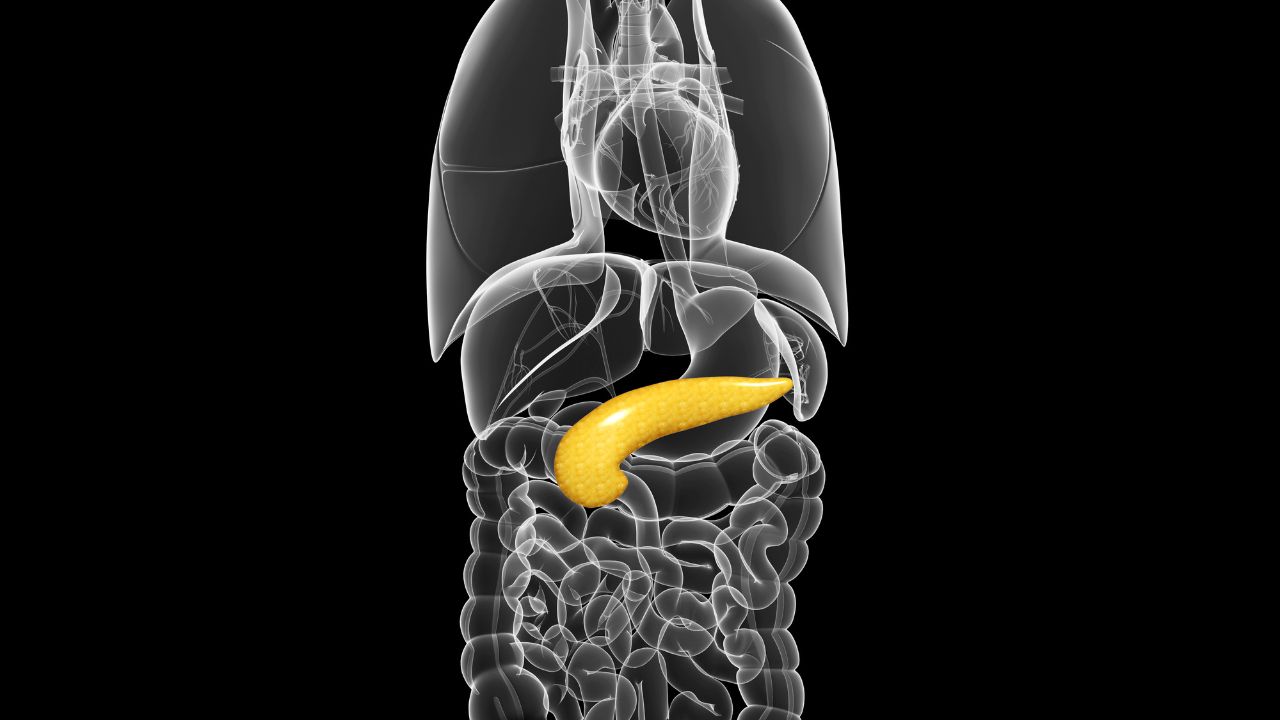 Percutaneous Transhepatic Biliary Drainage Treatment in India
Percutaneous Transhepatic Biliary Drainage Treatment in India
Percutaneous Transhepatic Biliary Drainage (PTBD) is a minimally invasive treatment in India that involves inserting a small catheter through an abdominal incision into the liver to access blocked bile ducts. This procedure helps to relieve pressure and allows for medication to be delivered directly to the blockage by draining fluid or bile from the liver.
Cost and Expertise in India
The cost of PTBD treatment in India is remarkably affordable compared to other affluent nations. The success of the intervention is often attributed to the experience of interventional radiologists and the use of state-of-the-art medical equipment in Indian institutions. In addition to these advantages, India’s inexpensive costs without compromising clinical standards significantly contribute to its international appeal.
Understanding Percutaneous Transhepatic Biliary Drainage
The liver produces bile, which aids in breaking down fats. Bile travels through small tubes called ducts before emptying into the common bile duct and then into the duodenum, the first section of the small intestine. The liver also stores bile in the gallbladder. When the bile duct becomes blocked, bile builds up prior to the obstruction, leading to symptoms such as jaundice, dark urine, chalky-colored feces, itching, nausea, and appetite loss. This condition requires treatment as it can be severe.
PTBD involves inserting a thin, flexible plastic tube through the skin into the liver to clear blocked bile ducts.
Who is a Candidate for Percutaneous Biliary Drainage?
The most common cause of a need for percutaneous biliary drainage (PBD) is an obstruction or abnormal narrowing (stricture) of the bile duct. This can be caused by various conditions, including:
- Gallstones (stones in the bile ducts or the gallbladder)
- Pancreatic, liver, gallbladder, or bile duct cancers
- Pancreatitis (inflammation of the pancreas)
- Degenerative cholangitis (a type of bile duct inflammation)
- Enlarged lymph nodes near the pancreas and liver
- Postoperative strictures (bile duct constriction or perforation due to damage during surgery)
- Perforation
- Infection
PTBD allows bile to exit the liver via an alternative pathway, which may be necessary in preparation for surgery or other bile duct procedures, such as the removal of a bile duct stone or tumor.
Contraindications for PTBD
PTBD should be avoided in certain situations, including:
- Large ascites (excess fluid in the abdomen)
- Patients with bleeding disorders
- Pregnant patients
- Multiple liver blockages
- Patients allergic to the medications used during the procedure
- Patients unable to tolerate the procedure
Consultation and Individualized Care
It’s crucial to remember that every patient is unique, and what works for one person might not work for another. Therefore, it’s essential to consult with your doctor before opting for a PTBD procedure. The doctor will evaluate your specific condition, medical history, and overall health to determine if PTBD is the right treatment for you.
In conclusion, Percutaneous Transhepatic Biliary Drainage in India offers an affordable and effective solution for patients with blocked bile ducts. With experienced medical professionals and advanced medical equipment, India continues to be a preferred destination for PTBD treatment.

 Percutaneous Transhepatic Biliary Drainage Treatment in India
Percutaneous Transhepatic Biliary Drainage Treatment in India


